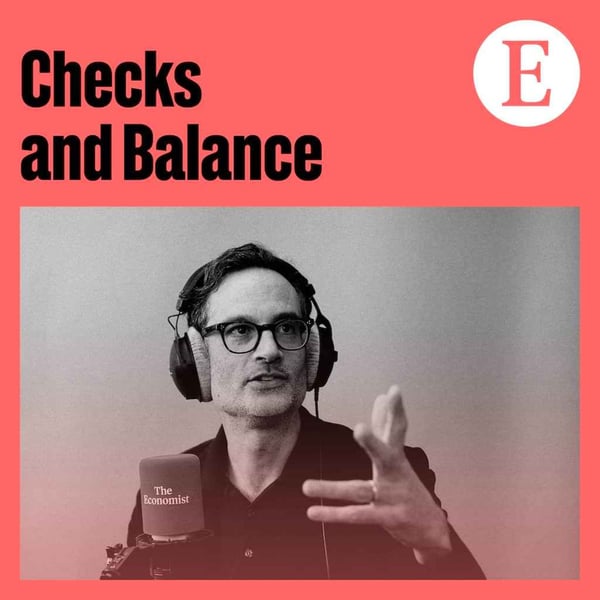Checks and Balance: Is CRT taught in schools?
Checks and Balance from The Economist
The Economist
4.6 • 1.7K Ratings
🗓️ 18 July 2022
⏱️ 42 minutes
🧾️ Download transcript
Summary
The second of a three-part special series investigating the fight over critical race theory and asking how the anti-CRT movement became such a powerful new social, legislative and political force. The debate has become centred on how race, gender and sexuality are discussed in public schools. In this episode, The Economist’s Tamara Gilkes Borr, a former public-school teacher, puts the politics to one side to find out what is actually happening in America’s classrooms.
When critics point to the evils of CRT, they are often talking about programmes like ethnic studies and social-emotional learning. Tamara travels to San Francisco to sit in on some classes and find out what is really being taught. She hears from a mother in Arizona concerned about a book assigned to her 9-year-old daughter. And she speaks to researchers working to quantify whether the teaching of topics associated with CRT helps or harms students.
You can listen to the rest of this special series in full via the Checks and Balance homepage and sign up to our weekly newsletter. For full access to print, digital and audio editions, as well as exclusive live events, subscribe to The Economist at economist.com/uspod
Hosted on Acast. See acast.com/privacy for more information.
Transcript
Click on a timestamp to play from that location
| 0:00.0 | Hi, it's John here. This is episode two of a special three-part series on checks and balance about critical race theory. |
| 0:07.5 | Do go back and listen to episode one if you haven't already. But for the rest of this episode, I'm going to hand over to my colleague, Tamara Jilksbore. |
| 0:17.0 | There was no Geneva Convention to protect the rights of the Aztecs prisoners of war. |
| 0:23.0 | Each year one, usually the best-looking and most courageous of the captives, |
| 0:28.0 | was chosen for a particularly special purpose. |
| 0:32.0 | He was tasked with impersonating the god Tess Katlipocha, |
| 0:36.0 | and was treated with appropriate honor, |
| 0:39.0 | tutored by priests, given a life of luxury, |
| 0:42.0 | and presented with four women dressed as goddesses to be his companions. |
| 0:48.0 | When the month of worship to Tess Katlipocha came around, |
| 0:51.0 | the prisoner was dressed in warrior finery, |
| 0:54.0 | wed to his goddesses, |
| 0:56.0 | and taken to the nearest temple to be sacrificed and have his heart cut out. |
| 1:02.0 | 500 years or so later, |
| 1:04.0 | and some parents in California were a little confused to say the least, |
| 1:09.0 | that part of the state's proposed ethnic studies curriculum included a prayer to Tess Katlipocha. |
| 1:15.0 | Students would together chant the in-la-kesh affirmation in English or Spanish. |
| 1:20.0 | Tess Katlipocha, Tess Katlipocha, smoking mirror, self-reflection. |
| 1:26.0 | A few parents sued, and the prayers were removed, |
| 1:29.0 | although the altered ethnic studies curriculum is now in place. |
| 1:35.0 | What happened here? |
| 1:37.0 | Another example of nefarious critical race theory? |
... |
Please login to see the full transcript.
Disclaimer: The podcast and artwork embedded on this page are from The Economist, and are the property of its owner and not affiliated with or endorsed by Tapesearch.
Generated transcripts are the property of The Economist and are distributed freely under the Fair Use doctrine. Transcripts generated by Tapesearch are not guaranteed to be accurate.
Copyright © Tapesearch 2025.

